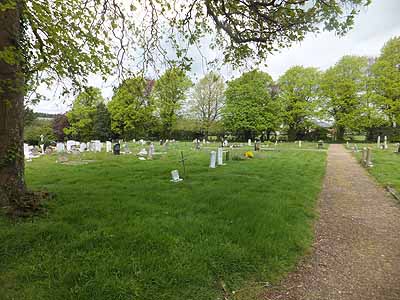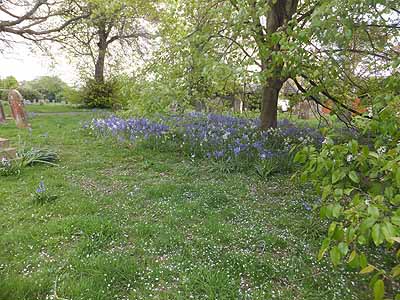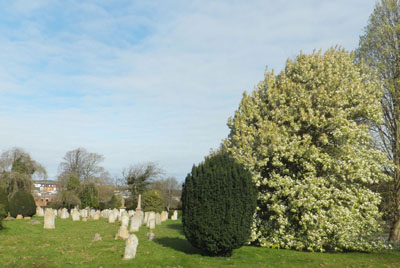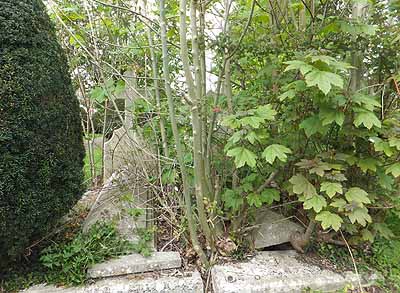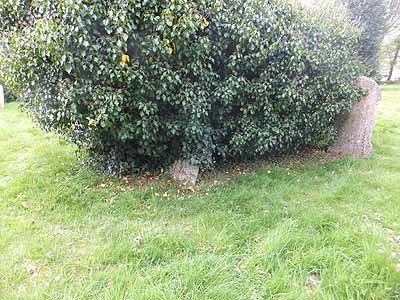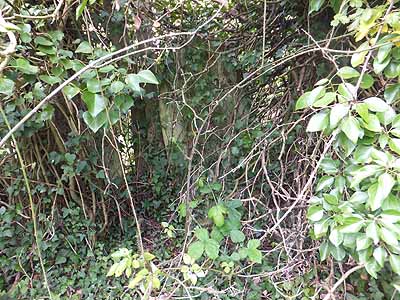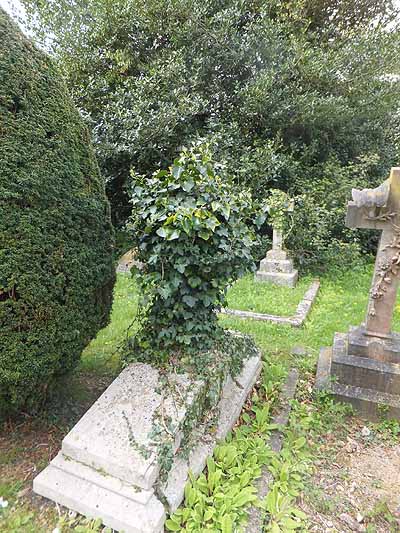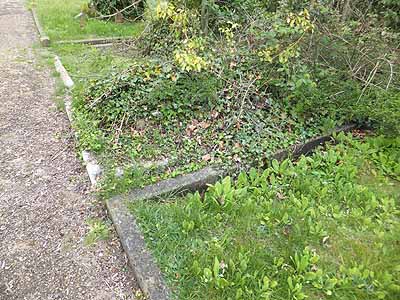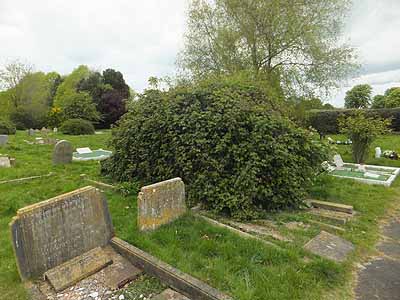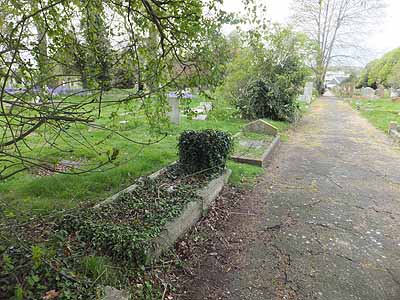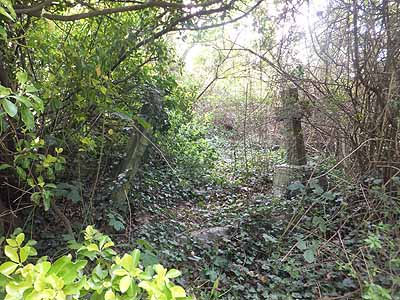Why is a Friends Group required for
the Newport and Carisbrooke Cemeteries ?
The Newport Cemetery on Fairlee Road and the Carisbrooke Cemetery at Mount Joy on the Whitcombe Road were opened in the mid 1800's, while the St Paul's Cemetery on Halberry Lane was opened around 1900. Grave plots were generally sold for a term of 100 years; for which period, the plot owners, rather than the Cemetery Authority, were responsible for looking after them. Unfortunately, the original owners or their descendants of a number of graves have not looked after the plots - as a result a number of graves have become overgrown with ivy, brambles and other vegetation.
Today, the Cemetery Authority (the Bereavement Services of the IW Council), have planned maintenance of the cemeteries which largely involves grass cutting, with some areas left uncut for part of the year to encourage conservation of wildlife. However, with tight local government budgets, they do not have the resources to recover the overgrown grave plots.
The following photographs show various examples of Newport Cemetery, the first 3 show how it could be, the other photographs show typical problems - these are fairly representative of the other cemeteries.
You can see more details and express an interest in volunteering or supporting the group on this other page.
Part of the relatively new area |
Spring flowers in an old area |
|
A clear area in an old part |
||
A couple of graves overwhelmed by vegetation |
An Ivy bush overwhelming headstones |
|
Two headstones deep within a bush |
A memorial cross (possibly) overwhelmed by Ivy |
|
Thought to be a horizontal grave cover completely covered by vegetation |
Ivy/brambles overwhelming a number of grave plots |
|
Ivy covering a grave and headstone |
A headstone (left) and memorial cross deep within vegetation |
With your help, the Friends of Newport & Carisbrooke Cemeteries CAN uncover the hidden memorials and make the cemeteries really pleasant places and usefully to family/local historians.

